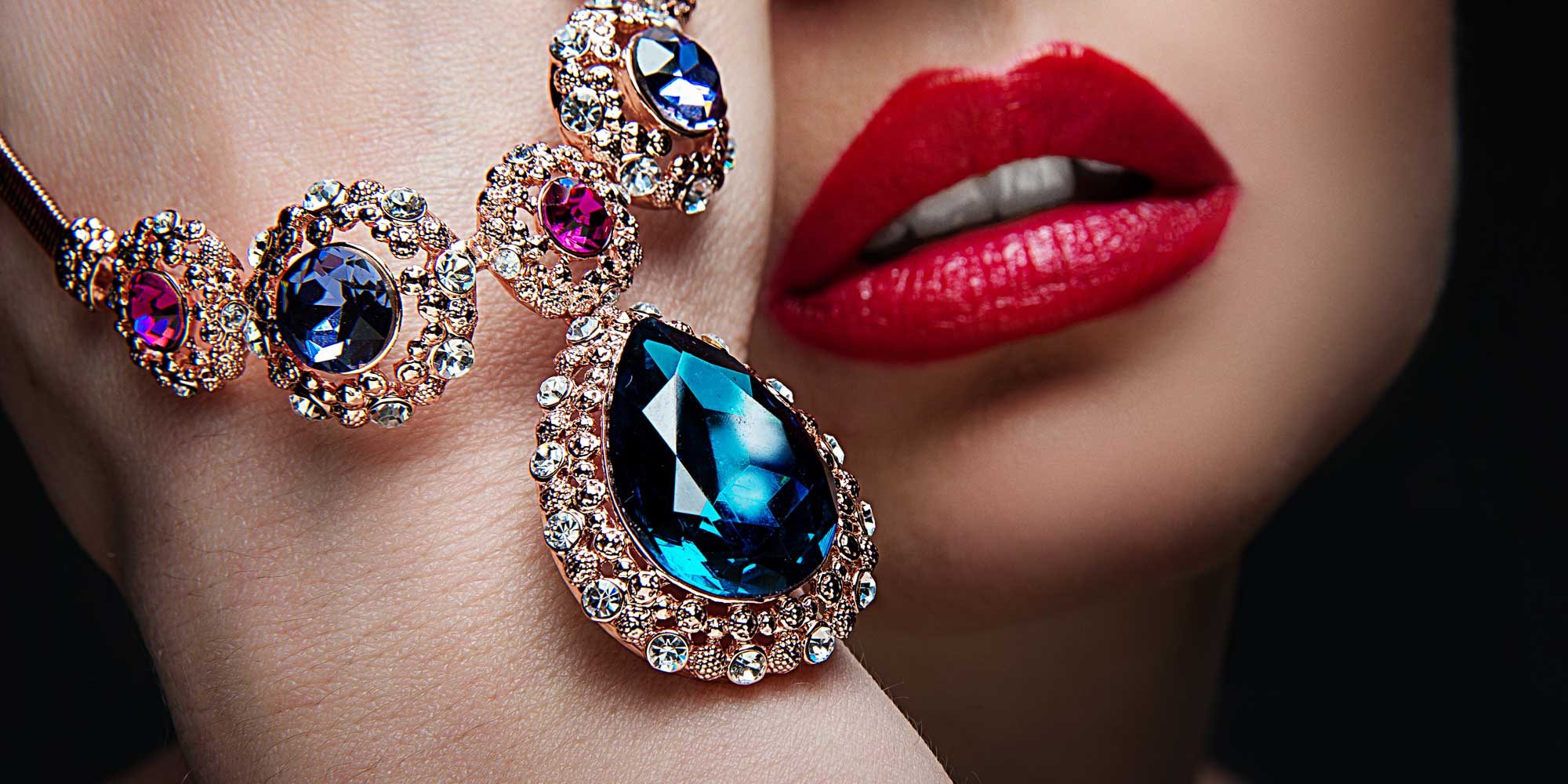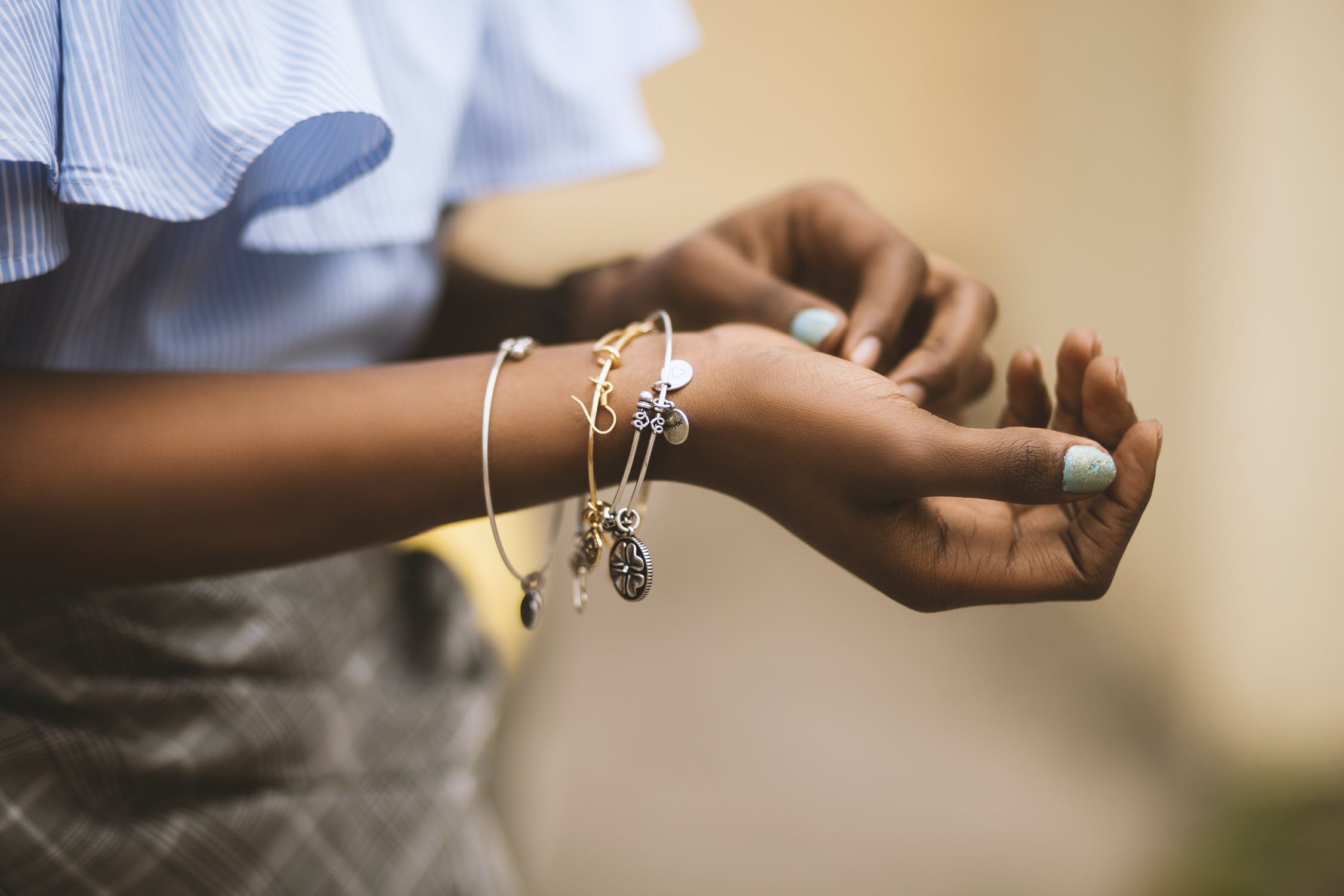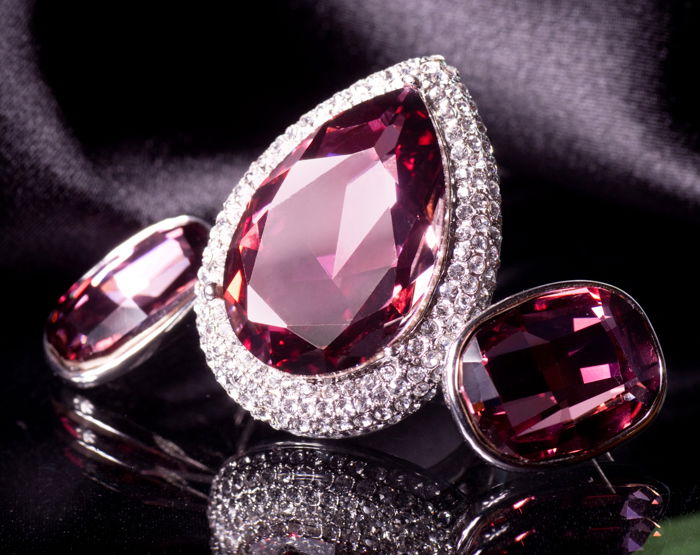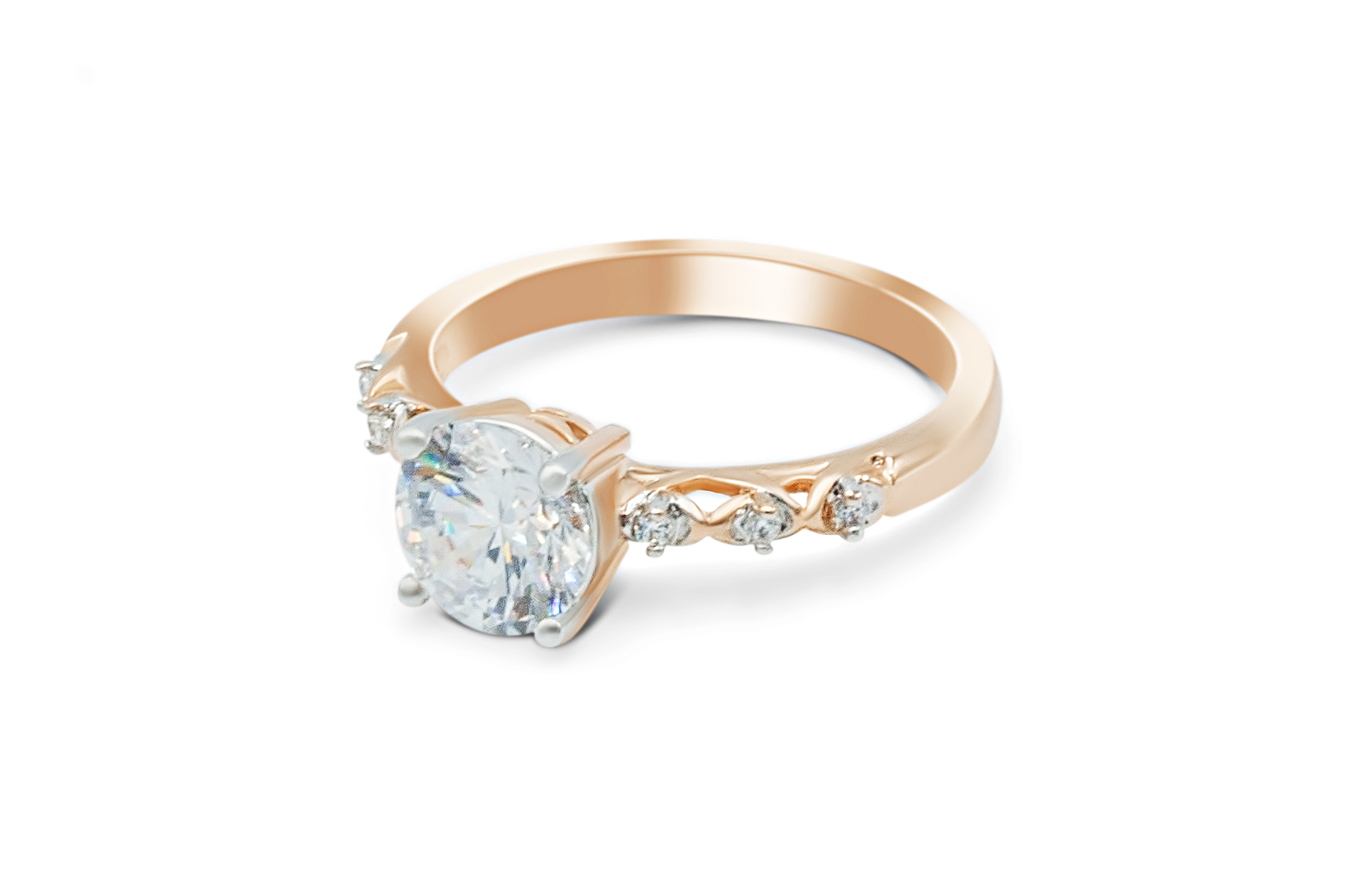
The Art of Capturing Exquisite Jewelry
Jewelry photography is a specialized field that requires skill, creativity, and attention to detail. Whether you are a jewelry designer, retailer, or enthusiast, high-quality photographs can greatly enhance the appeal and marketability of your pieces. In this article, we will explore the techniques and tips to capture stunning images of jewelry that will impress your audience and boost your online presence.
Equipment and Setup

Investing in the right equipment is crucial for jewelry photography. A digital single-lens reflex (DSLR) camera with a macro lens and a tripod are essential tools. Macro lenses allow you to capture intricate details, while a tripod ensures stability and eliminates camera shake. Additionally, a light tent or a lightbox provides diffused lighting, minimizing reflections and shadows.
Lighting Techniques

Proper lighting is key to showcasing the brilliance and sparkle of jewelry. Natural light is ideal, but if you're shooting indoors, use artificial lighting setups such as continuous lights or strobes. Softboxes or diffusers can help create a soft and even light source, reducing harsh shadows. Experiment with different angles and intensities to achieve the desired effect.
Composition and Styling

Creating an appealing composition is crucial in jewelry photography. Consider using a plain background or a textured surface that complements the jewelry. Props like jewelry stands, fabric, or flowers can add interest and context to the shot. Pay attention to the arrangement of the jewelry, ensuring that each piece is properly showcased without cluttering the frame.
Focusing and Depth of Field

When photographing jewelry, it's essential to achieve sharp focus on the most important elements. Use manual focus or autofocus with a single focus point to ensure precision. Experiment with different apertures to control the depth of field. A shallow depth of field (small f-stop number) can create a dreamy, blurred background, while a larger depth of field (high f-stop number) keeps everything in focus.
Macro Photography Techniques

Jewelry often features intricate details that require close-up shots. Macro photography allows you to capture these fine details with clarity. Use a tripod to eliminate camera shake and consider using a remote shutter release or the camera's timer function to further minimize any movement. Additionally, macro lenses and extension tubes can help you get even closer to the jewelry.
Using Reflective Surfaces

Reflective surfaces can add a touch of elegance and enhance the overall appeal of jewelry. Consider using mirrors, glass, or acrylic sheets as reflective surfaces. Place the jewelry on the surface at an angle to capture interesting reflections. Be mindful of your own reflection and use a polarizing filter if necessary to reduce unwanted glare.
Post-Processing and Editing

Post-processing is an essential step in jewelry photography to enhance the images further. Use editing software like Adobe Photoshop or Lightroom to adjust exposure, contrast, and colors. Remove any dust, scratches, or imperfections with the healing brush tool. Remember to keep the edits natural and true to the jewelry's appearance.
Optimizing for Online Platforms

When showcasing your jewelry online, it's crucial to optimize the images for the best viewing experience. Resize the images to reduce their file size without compromising quality, ensuring faster loading times. Add descriptive filenames and alt tags that include relevant keywords for search engine optimization. Compress the images further using tools like TinyPNG or ImageOptim to optimize website performance.
Conclusion
Jewelry photography is both an art and a technical skill. By understanding the equipment, lighting, composition, and post-processing techniques, you can capture captivating images that highlight the beauty of your jewelry. Implementing these tips will not only enhance your online presence but also attract more customers and increase sales.